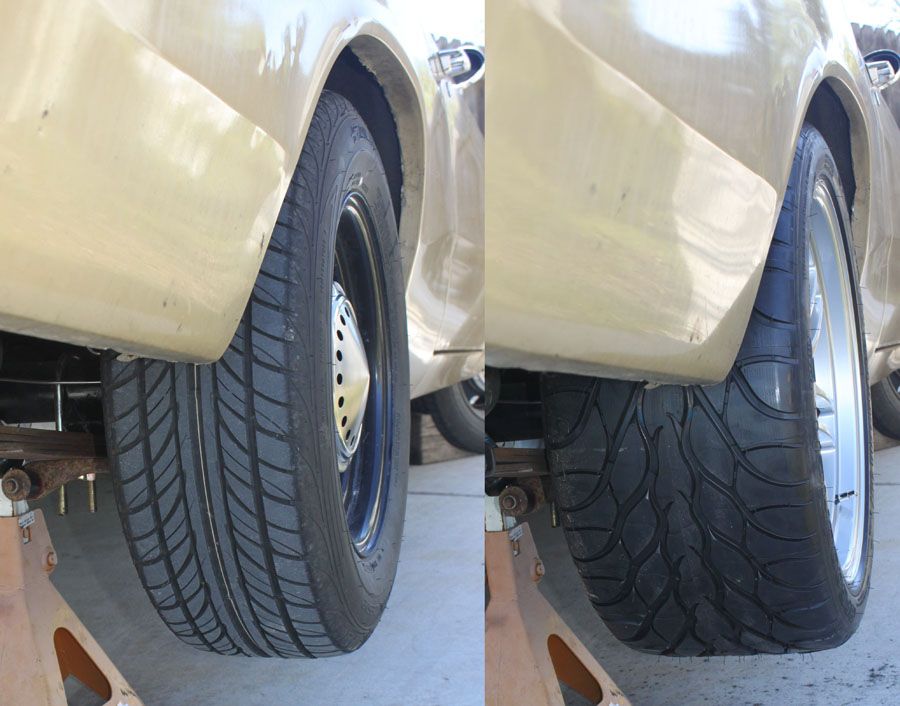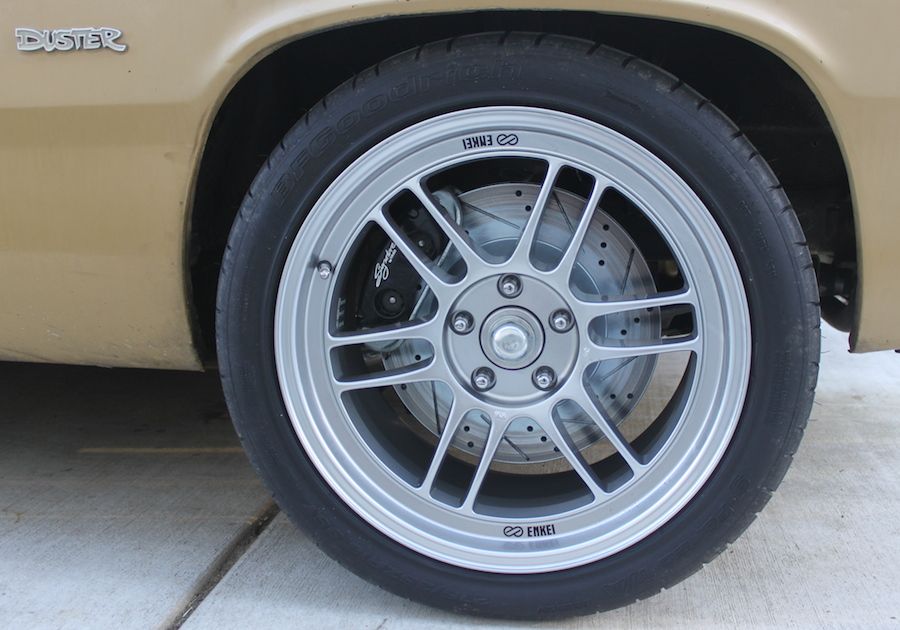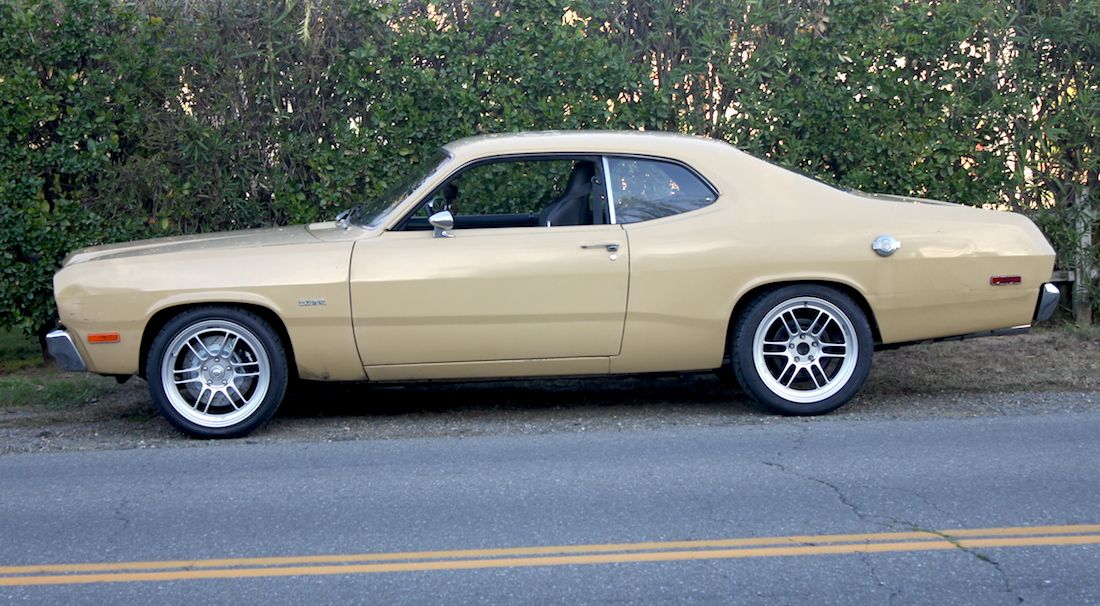Fun stuff. So here's what we started with. Magnumforce non-adjustable tubular UCA's, stock gusseted LCA's, modified short lower bumpstops and cut down bumpstop plate, taller upper bumpstop.
Then things got fun. I dropped the adjustable strut rods off the LCA's, pulled the shocks, undid the sway bar and used the LCA to push the torsion bars out. The LCA's had poly bushings, so, the LCA pins stayed in place and the LCA's slid right back.
For those that want to know, like 12k miles on the poly bushings and they're fine. Like brand new still. Not "hammered out of shape" like I've heard before. Anyway, the Delrin bushings were a great fit to the Firm Feel greaseable LCA pins. Like perfect. Per Peter I cleaned off all the grease, because the Delrin doesn't need it. But I kept the pins. I'm leaving the headers out of this for now. I installed the QA1 LCA's on the pins, and made a big mistake. Always clean all the powdercoating off of the torsion bar ends and sockets. Firm Feel powdercoats their hex ends on their torsion bars, and QA1 powdercoats their sockets. It makes life miserable trying to install the torsion bars. So I removed the bars and LCA's, scraped off powdercoating, and re-installed. Much easier.
And by this time I was really working, so, pictures went away. The QA1 LCA's don't have the sway bar mounts as high on the arm. Result- you need shorter end links or your 73+ Hellwig sway bar bottoms out in the K member. Fortunately, I had some shorter sleeves and bolts to make this work. Also, the QA1 LCA's don't have bump stops. This is a part of why I measured an extra inch of travel on the QA1 LCA compared to my stock LCA's with shorter bump stops. Compressed shock distance on the my old LCA's was ~10.5". On the QA1's it was ~9.5 if you went metal to metal. But, that would also result in the tire hitting the top of the inner fender. So, I added some bumpstops.
These are just the same ones from my old LCA's. .375" tall poly bumpstops. I drilled the frame stop for them and viola.
Then I installed the QA1 LCA's and readjusted my strut rods to match them. It was pretty close to the same, but some small adjustments were needed to keep everything bind free. I checked the range of motion bumpstop to bumpstop. Which, if you're curious, was about 6" of travel on my car measured from the lower ball joint. With the bumpstop in place it was 13" from the spindle to the inner fender centered over the tire. So, my 25.7" tall 275/35/18's shouldn't touch it. Hopefully.
The UCA's were the easiest part of the deal, just removed the old ones and installed the new SPC adjustable ones, also from Bergman Autocraft. But one surprise- I figured out how I got 8* of caster. The old magnumforce UCA's had Moog offset bushings. So, like +3* from the UCA's, and another +2* from the bushings, that's how I got +8* maxed out. Oops. I can't remember if I installed the bushings anymore or not, I know I bought the magnumforce UCA's used. That's why I should write everything down.

And here's everything- SPC adjustable UCA's, Howe racing ball joints, new proforged lower ball joints (because why not), shorter endlinks (by like 2"!), QA1 tubular LCA's, and a fancy bumpstop. Which stole like a 1/2" of travel from the arms, BTW. But it beats bottoming the tires on the inner fenders. The new QA1 tubular lowers have apparently been redesigned with a bump stop now, so, no change in travel for the new ones.
So, this is the final installed picture, who sees it?






















